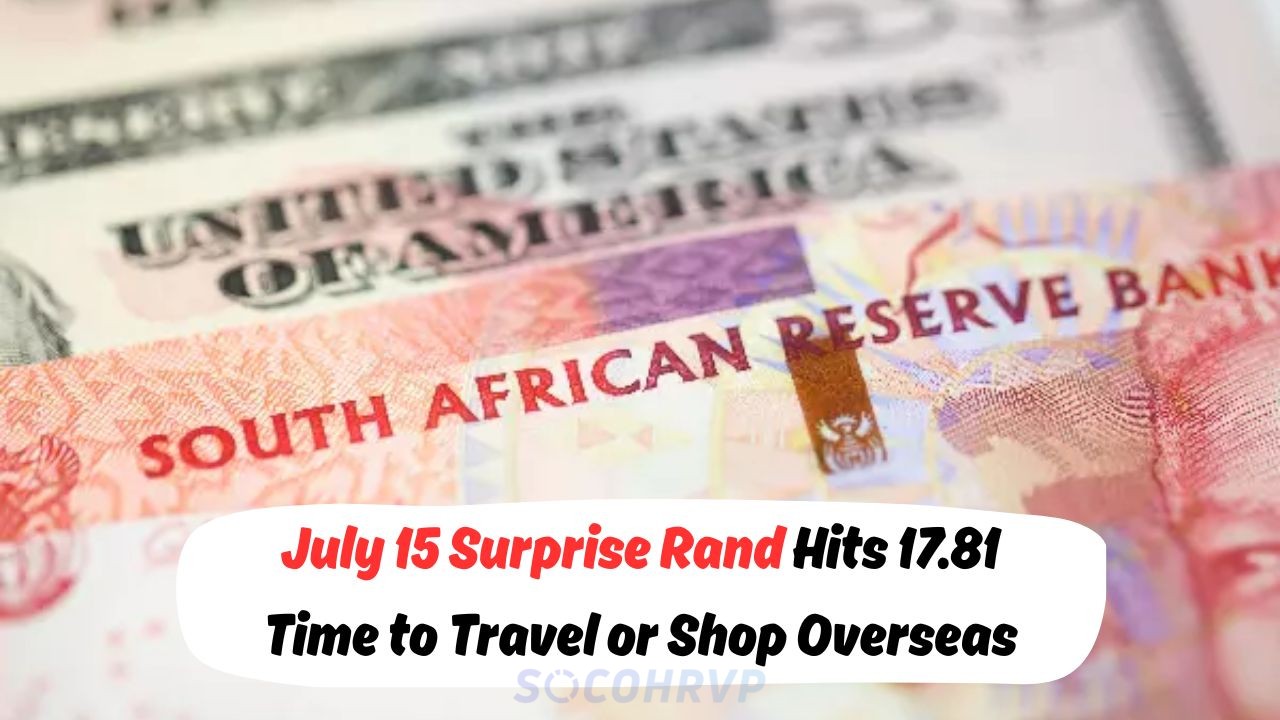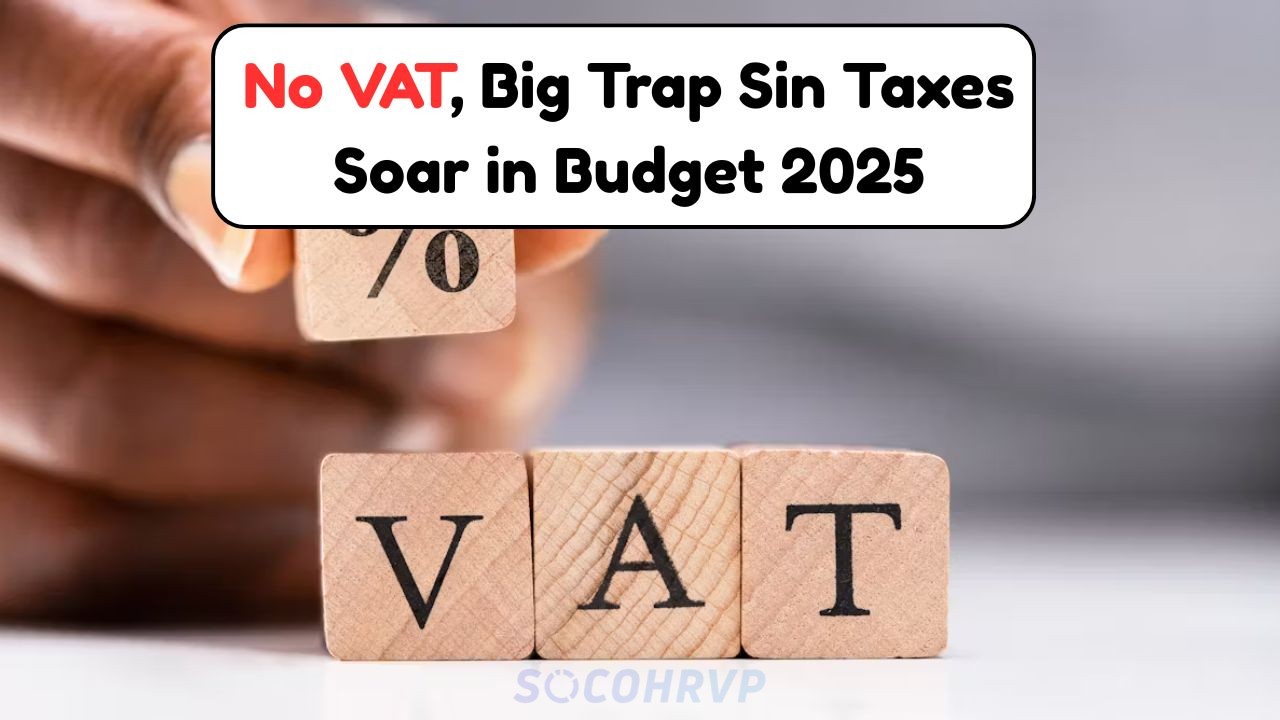Rand Surges to 17.81/USD on 15 July: In a surprising turn of events, the South African Rand has experienced a notable appreciation, reaching a value of 17.81 against the US Dollar on the 15th of July. This shift in the currency’s value has captured the attention of economists, investors, and consumers alike. For South Africans, the strengthening Rand could mean a range of financial implications, from altered travel plans to changes in the prices of imported goods. In a broader economic context, a stronger Rand can potentially alleviate inflationary pressures, giving consumers a bit of breathing room. However, the impacts are multifaceted, and understanding the nuances of this currency movement is essential for both individual financial planning and business strategy.
Understanding the Rand’s Appreciation on July 15th
The appreciation of the Rand to 17.81 against the US Dollar on July 15th is a result of various economic factors. One of the primary drivers is the fluctuation in commodity prices, as South Africa is a major exporter of precious metals. An increase in the global prices of gold and platinum can lead to a stronger Rand. Additionally, changes in investor sentiment towards emerging markets, influenced by global economic events, can affect the Rand’s value. The interest rate decisions by the South African Reserve Bank also play a crucial role. A hike in interest rates can attract foreign investment, boosting the Rand’s strength. It is essential to consider these elements to fully understand the reasons behind this currency appreciation.
- Rising global commodity prices
- Increased foreign investment
- Positive investor sentiment
- Monetary policy adjustments
Implications for South African Consumers and Businesses
For South African consumers, a stronger Rand often leads to cheaper imports, decreasing the cost of goods such as electronics, clothing, and vehicles. This can enhance purchasing power and lead to increased consumer spending. For businesses, especially those reliant on imported raw materials, this currency shift can reduce operational costs, improving profit margins. However, South African exporters may face challenges as their products become less competitively priced on the international market. Balancing these effects is crucial for businesses to sustain growth. Moreover, for those planning international travel, a stronger Rand means more favorable exchange rates, potentially reducing travel expenses.
| Sector | Impact | Outcome |
|---|---|---|
| Importers | Reduced costs | Increased profits |
| Exporters | Higher pricing | Reduced competitiveness |
| Travel | Favorable rates | Cheaper trips |
Long-term Economic Outlook with the Rand’s Strength
While short-term fluctuations in the Rand can create immediate financial impacts, it is essential to consider the long-term economic outlook. A consistently strong Rand can contribute to lower inflation rates, stabilizing the cost of living for South Africans. It can also foster an environment conducive to foreign investment, driving economic growth. Nevertheless, maintaining a strong currency requires prudent economic policies and global economic stability. The South African government and financial institutions must continue to monitor global trends and domestic factors to sustain economic growth and currency strength over time.
- Potential for lower inflation
- Attraction of foreign investment
- Necessity for stable economic policies
- Impact of global economic conditions
Factors Contributing to the Rand’s Surge
| Factor | Description | Effect on Rand |
|---|---|---|
| Commodity Prices | Rising prices of gold and platinum | Strengthens Rand |
| Monetary Policy | Interest rate adjustments | Attracts investment |
| Investor Sentiment | Positive emerging market outlook | Boosts currency |
What to Watch in the Future
Investors and consumers alike should keep an eye on several key indicators that may influence the Rand’s future trajectory. These include ongoing changes in global commodity prices, which directly affect South Africa’s export revenues. Additionally, monitoring the policies of major central banks, such as the Federal Reserve, can provide insights into potential shifts in foreign investment flows. Political stability within South Africa is another critical factor, as it can significantly impact investor confidence. Staying informed about these elements will enable individuals and businesses to make strategic decisions, ensuring they are well-prepared for any future currency changes.
- Global commodity market trends
- Central bank policy updates
- Domestic political climate
- Economic data releases
FAQ: Understanding the Rand’s Movement
| Question | Answer |
|---|---|
| What caused the Rand to strengthen? | Rising commodity prices and positive investor sentiment. |
| How does a strong Rand affect inflation? | It can help reduce inflation by making imports cheaper. |
| Will the Rand remain strong? | Future strength depends on global and domestic economic conditions. |
| What should businesses do in response? | Adjust strategies to balance cost savings and export competitiveness. |
Staying Ahead: Financial Planning in Light of Currency Changes
Financial planning in a fluctuating currency environment requires a proactive approach. Individuals should consider diversifying their investment portfolios to mitigate risks associated with currency volatility. For businesses, particularly those involved in international trade, hedging strategies can provide a buffer against unfavorable currency movements. Staying informed about economic forecasts and regularly reviewing financial plans can help both individuals and businesses adapt to currency changes, ensuring financial stability and growth.
- Diversify investment portfolios
- Implement hedging strategies
- Stay informed on economic trends
- Regularly review financial strategies
Final Thoughts on the Rand’s Performance
Monitoring Market Trends
Adjusting Financial Strategies
Impact on Everyday Life
Long-term Economic Implications
FAQs on Currency Appreciation
Why did the Rand rise?
How does it affect import prices?
What are the risks of a strong Rand?
How can businesses adapt?
Is this trend sustainable?








